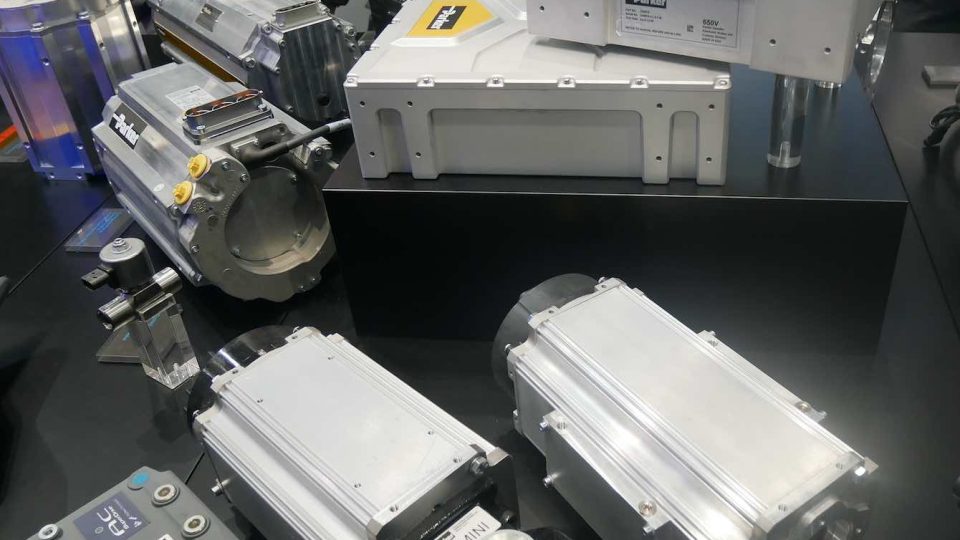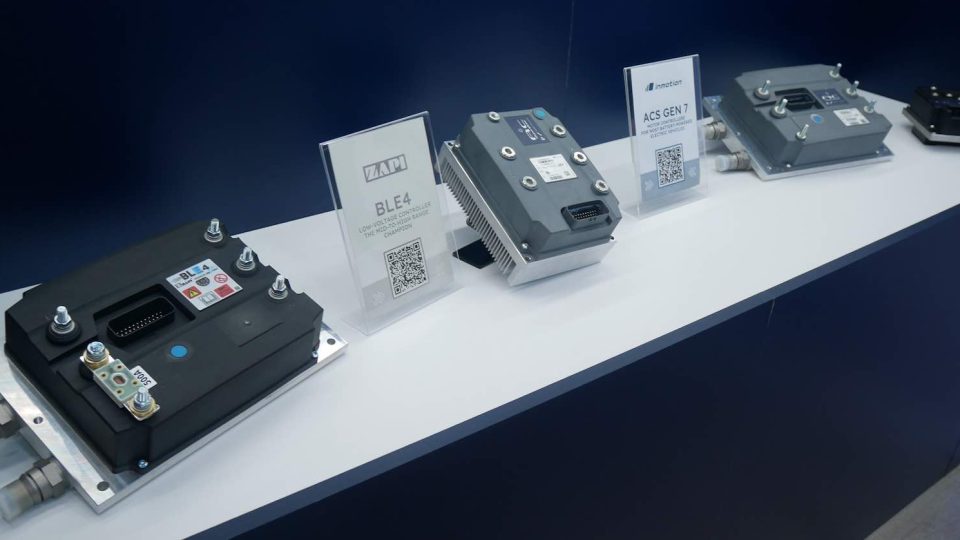TWK: special sensor technology for special vehicles
For many years, TWK has focused on functionally safe sensors with a clear claim to superior design functionality. What makes a good angle, inclination, vibration and displacement sensor? Is it solid measurement acquisition or processing? A fast safety interface or a robust overall design with a few special features?

What makes a good angle, inclination, vibration and displacement sensor? Is it solid measurement acquisition or processing? A fast safety interface or a robust overall design with a few special features? Of course, all of these together represent the prerequisite for a good sensor concept. Especially when designing the firmware and software, good cooperation with the customer is important in order to achieve the best solution for the application. Particularly in the booming sector of automated guided vehicles (AGV) and autonomous mobile robots (AMR), it is usually not the usual sensors – e.g. encoders for angle and speed measurement – that can be used. More specialised devices of the smallest possible size or devices with special features in terms of their function or with a specially designed communication profile within their interface are used here. Above all, however, they must be functionally safe in order to eliminate as far as possible any risk of malfunction. SIL2, PLd or SIL3 certifications are a prerequisite – sometimes together with UL, ASIL D or ATEX for potentially explosive environments.For many years, TWK has focused on functionally safe sensors with a clear claim to superior design functionality. This applies not only to the compact design, but also to the firmware and interface software.For example, their NVx vibration sensors, which are used among other things as devices for condition monitoring, are equipped with special functions and algorithms for signal processing. This makes machine monitoring much easier for the user – especially for AGVs that are always in motion. For example, an FFT analysis, RMS or peak values, the average frequency or the kurtosis are already determined in the unit. Transmission can take place via one of the common safety industrial interfaces or, if desired, wirelessly via a standard LoRaWAN® interface.Another example are the safety encoders equipped with additional SIL2/PLd switching contacts with CANopen Safety Interface, SSI or IO-Link. The devices developed and certified by TWK as ‘backlash-free electronic cam switches’ (NOCx). They are suitable as limit switches for monitoring end positions and at the same time for monitoring the maximum permissible speeds (signed). Hereby, safety aspects regarding position and speed, for example with lifting forks, can be taken into account by safely initiating an alarm or shutdown process when limit values are exceeded.If necessary, the communication profile of the safety interface can be adapted to the requirements of the application for optimum data exchange. It also allows extensive parameterisation of all sensors by the customer for the initial set-up of the units – secured by checksums. Of course, the required presets can also be made at the factory and the parameters are locked to protect against inadvertent tampering.









